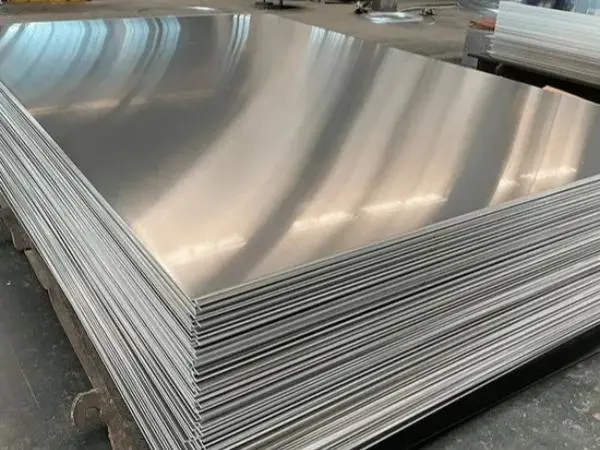- Phone0086 731 8564 8255
- E-mailsales@cscsteel-manufacturing.com
-

Seamless carbon steel pipes are long, hollow steel tubes without welded seams. Compared to solid steel, such as round steel bars, seamless carbon steel pipes offer a lighter weight while maintaining excellent bending and torsional strength, making them an economical choice for structural applications. They are widely used in manufacturing structural and mechanical components, including oil drilling pipes, automobile drive shafts, bicycle frames, and steel scaffolding in construction.
Continental Steel Co., Ltd is professional seamless carbon steel pipes manufacturer, for more details, please contact:sales@cscsteel-manufacturing.com
Are Seamless Carbon Steel Pipes Prone to Rust?
Yes, seamless carbon steel pipes are susceptible to rust. Due to their high carbon content, they can easily corrode when exposed to air, water, and other environmental factors. In humid conditions, oxidation occurs at a faster rate, leading to rust formation. When the pipe’s surface comes into contact with moisture or oxygen, the iron within reacts to form iron oxide, commonly known as rust.
Moreover, exposure to acidic or alkaline environments accelerates corrosion by breaking down any protective film on the pipe’s surface. Impurities such as sulfur and phosphorus further reduce corrosion resistance, making the steel more vulnerable to oxidation. Without proper anti-corrosion treatment, such as galvanizing or coating, seamless carbon steel pipes are highly prone to rust when exposed to moisture and air.
Effective Rust Removal Methods for Seamless Carbon Steel Pipes
1. Mechanical Grinding
Using tools such as grinding wheels or wire brushes, surface rust and dirt can be physically removed. This method is effective for small areas but is labor-intensive and less efficient for large-scale rust removal. It is commonly used for minor rust treatment on small pipe sections or components.
2. Chemical Rust Removal
Chemical solutions, such as pickling paste or pickling liquid, dissolve rust through an acid-based reaction. This method is highly efficient and restores the pipe’s surface to a smooth finish. However, due to the environmental and safety risks of chemical agents, strict protective measures such as gloves, goggles, and proper ventilation must be observed during use.
3. Sandblasting
Sandblasting involves propelling abrasive particles onto the pipe’s surface at high speed. This method not only removes rust and contaminants but also roughens the surface, improving the adhesion of protective coatings. It is ideal for large-scale rust removal projects and is widely used in industrial applications to enhance steel pipe durability.
4. Protective Coating Application
Applying an anti-corrosion coating, such as paint or galvanization, forms a protective barrier that isolates the pipe from moisture and oxygen, significantly reducing the risk of rust. For effective results, the pipe’s surface must be clean, dry, and smooth before coating application. This method is particularly useful for outdoor pipes, protecting them from environmental exposure.
Conclusion
Seamless carbon steel pipes are inherently prone to rust, which can degrade their appearance, structural integrity, and lifespan. Various rust removal methods—including mechanical grinding, chemical treatment, sandblasting, and protective coatings—can be employed based on specific application needs. Additionally, preventive measures such as maintaining a dry storage environment, regular inspections, and timely maintenance are crucial for prolonging the service life of seamless carbon steel pipes. By implementing proper rust prevention strategies, these pipes can continue to perform reliably across various industries.




